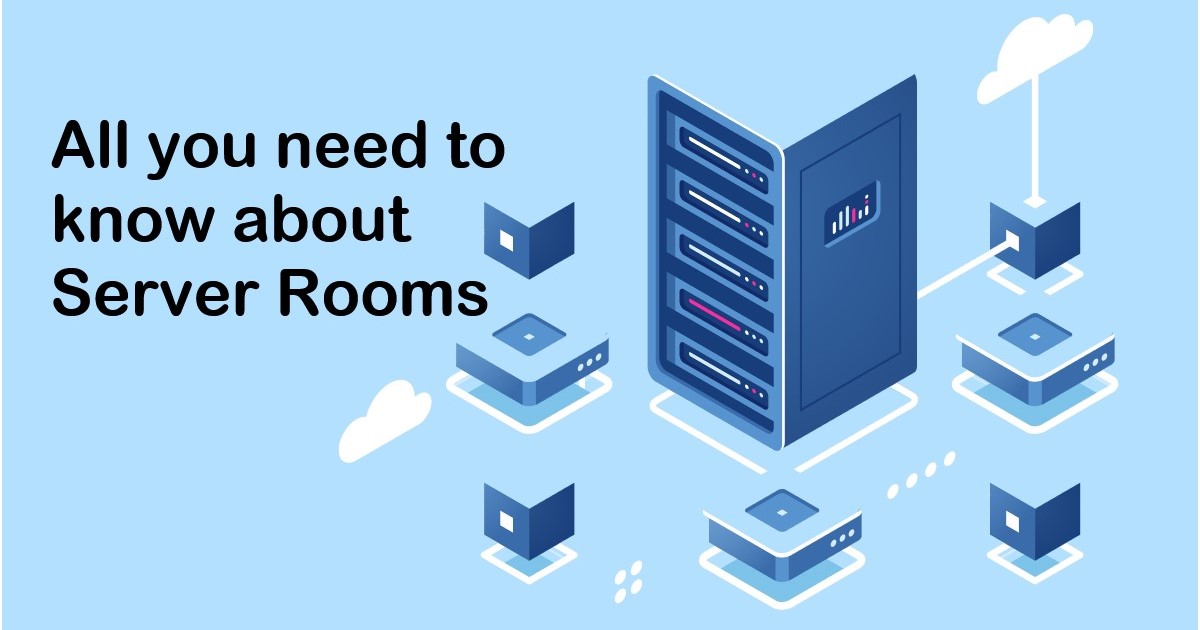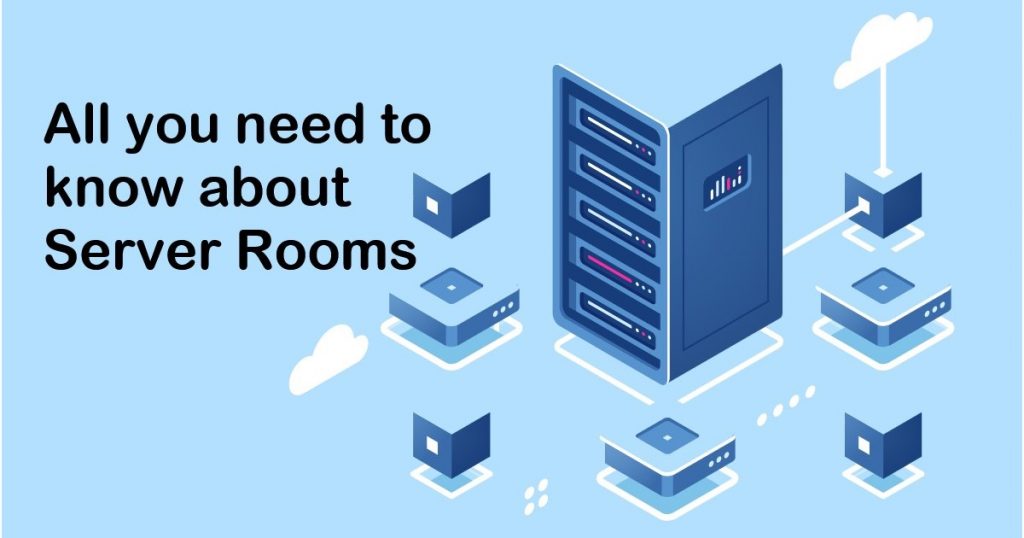

A server room provides data storage. It used computer servers and their components, and a server may include hundreds of servers depending upon the business need and the size used for separate services and applications. The server room has a primary display or input device and CPU components.
They are centrally managed and accessed through a server administrator system, which is generally found outside the server room. A server room provides the environmental and operational components and services to operate organization class servers. The server room requires massive computing resources at run-times, such as social networking applications, banking software, or search engines.
The server room should be near or in the center of the office building. It should not be on or along with the outside wall, Duct and Roof drain work must not cross the server room air space. The location must handle the installation of bulky networking equipment, power, and air conditioning.
Check it out Server Room Design
You are picking the correct rack cabinets, generally straightforward. Size is not the only important thing, but you also need to be sure that you’ve the right dimensions. A standard rack is usually 2′-0′ wide, and in the ballpark of 3′ -6′ ‘ deep, let’s round up to 4’ -0″ for simplicity, a locking, windowless, and ideally 42″ wide door. Many rack manufacturers supply their cabinets to standard dimensions (both internal and external), which is industry-recognized.
The final things to be considered are the room layout in terms of obstacles, walls, doors, airflow, access points, and the location of the cooling systems, UPS systems, and cooling IT server racks, systems themselves.
Check it out Server Room Standard
Computers generate heat when you operate. Even energy losses through the floor, windows and ceiling, lighting, electrical distribution, uninterruptible power supplies, and PDUs and the heat gain from the building design itself in terms of the wall and produce intense heat. The presence of any human also is considered in terms of their temperature and humidity.
So users need a bit more cooling that an ordinary fan can provide, but If your servers get overheated, it will affect your system performance or malfunctions, resulting in significant hardware damage and reduced server lifespan. Therefore, they strictly need to maintain clement within the room to control moisture and heat. So that a proper constant cooling system to prevent the equipment from causing a fire or overheating a server room.
Most extreme accessibility of electronic information is crucial, so Fire suppression systems are essential for the server room and data centers. Early fire discovery plays a vital role in server room fire security. If Fire suppression systems are not designed correctly, it can be dangerous, so you need to follow strict guidelines. A fire concealment system will automatically quench a fire without the need for human intervention.
With the help of rapid detection, administrators can quickly be informed about an event, and all necessary technical and organizational measures can be begun right away. Ideally, fire anticipation is based on the collaboration of various components, including extinguishing and building management systems, fire detection, and evacuation, to prevent the development of the fire.
Most organizations can’t afford the cost of data loss and business downtime that results from a server room fire. A server room fire is one of the most cataclysmic things that can happen to any business. Finding a way to shield your server room from fire does more than secure your computer equipment—it helps to safeguard your whole business.
Computer towers, air conditioning units, monitors, routers, all of this electrical equipment accompany some cord, and if you own a medium or small business, you likely have bunches of them in your server room.
Figuring out these wires may seem like a test, yet a straightforward marking system, where you fold a little bit of paper over each string’s finish, will make it such a significant amount of simpler to distinguish your devices. Some of these factors should be considered while planning for an organized server room.
Check it out Cabling
To protect your computer servers from significant issues, you should make security your primary goal when you’re setting up a devoted server room. Security is even more vital for organizations that are purchasing servers for the first time or growing their current server room.
Servers are an enormous investment for any organization, building, or group, so ensure that you’re treating them correctly and guaranteeing that they’ll still work flawlessly even a long time down the line. Take the following precautions.
Check it out Secure Hosting Services
Electrical hazards can result in personal injuries and computer room outages. These kinds of incidents in a data center are the result of accidents that could be avoided by following some simple safety rules.
Look carefully at what you need and what’s practical. Servers are an organization’s most significant resources. With Intercept X for Server, you can control what can and can’t run, so your server arrangements remain protected and secure. While area, security, and size are significant arranging contemplations, there’s still more to consider, such as energy consumption, noise, and proper cooling dampening.
Making sure a server room is consistently acted among accessibility, security, and cost. There is no perfect mix. It would be best if you considered backup options and power redundancy to calculate the power load of the server room. Take a gander at what you need and what’s practical.